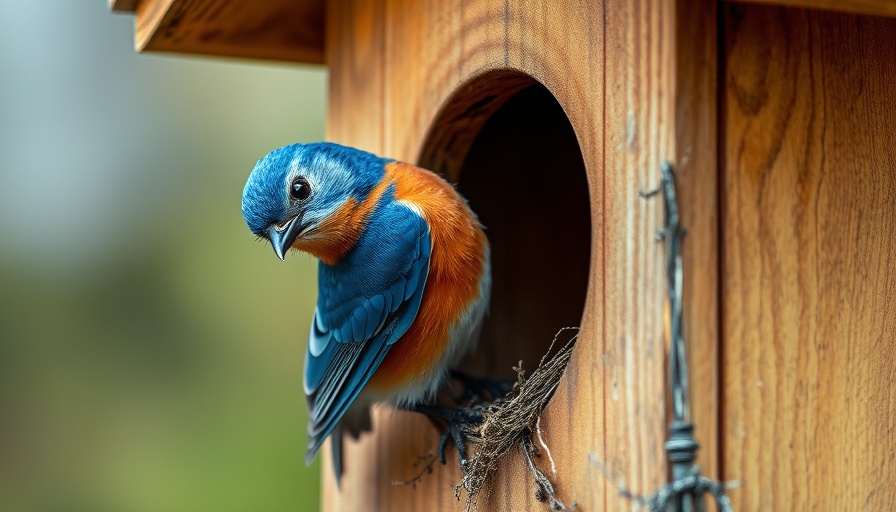
Understanding Nest Cavity Competition
As spring approaches, tree swallows and bluebirds are among the first birds to migrate northward, but they face an ever-growing challenge: competition for nesting sites. Both species prefer cavities, either from old woodpecker holes or man-made nest boxes, to start their families. With these nesting opportunities dwindling in the wild, early arrival becomes crucial for the survival of these beautiful species.
The Importance of Timing for Birds
Research indicates that arriving early allows tree swallows and bluebirds a better chance of securing a prime nesting spot. This competition is not just between individual birds but extends to other cavity-nesting species as well. For example, as demonstrated by various bird monitoring projects, bluebirds often find themselves at odds with swallows, who can be incredibly aggressive when vying for the same nesting box.
Implementing Nest Box Strategies
With the right nest box strategies in place, bird enthusiasts can help ensure that these beautiful species thrive. A few key recommendations include using nest boxes designed specifically for bluebirds and swallows, considering aspects like entrance hole size to deter non-native species, and placing boxes in favorable locations, such as sunny, exposed areas to maximize their chances of nesting success.
Creating a Friendly Habitat
Bird enthusiasts must also consider the environment around these nest boxes. Key factors include avoiding pesticide use, which can annihilate food sources for these birds, and ensuring that cats are kept indoors to prevent predation. By creating a supportive habitat, we can significantly boost the chances of these birds successfully nesting and raising their young.
The Call to Action for Bird Lovers
Whether you’re an experienced bird watcher or new to the avian world, getting involved in creating suitable nesting habitats enhances local biodiversity. Install those nest boxes today! Take the time now to provide a safe space for our feathered friends, ensuring they thrive in their natural habitats as they herald the arrival of spring.
 Add Row
Add Row  Add
Add 


 Add Row
Add Row  Add
Add 

Write A Comment